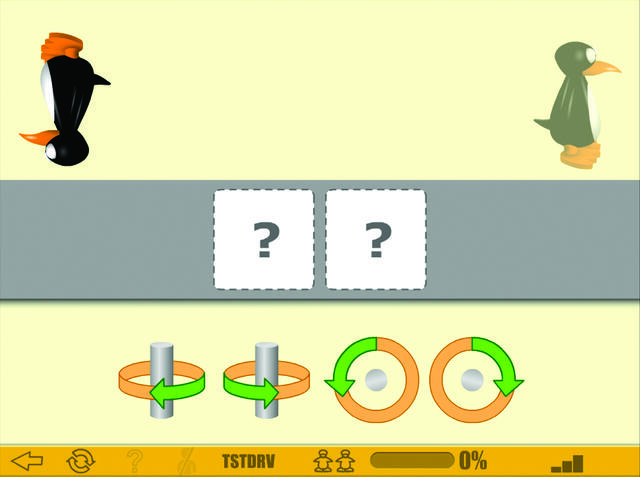
Spatial-Temporal (ST) Math blends tried and true, and new groundbreaking learning strategies to help ensure all students are mathematically equipped to solve the world’s most challenging problems. Experienced educators often recognize the underlying neuroscience, psychology, education, and mathematics principles at the core of ST Math. But how might awareness and proficiency resulting from these principles translate to helping students solve the world’s most challenging problems? If we prefer teaching our students to fish rather than giving them a single fish, then we often aim to foster their love of learning and joy of solving problems. But have you ever considered how ST Math also instills some fundamental principles of project management? JiJi, the animated penguin featured in the ST Math games, can help us teach and learn so many things; here we will discuss ST Math’s connection with developing learners’ project management behaviors. I suggest this is important in developing solutions, as well as successfully implementing them.
Let’s look at one ST Math game called Upright JiJi:

The objective is to maneuver JiJi’s body in space and time (spatially and temporally) so that JiJi can walk across the screen. Notice there are no explicit instructions, the learner must identify the “problem” and figure it out. Upon first encountering this game, many learners use their hands or a pen as a manipulative to visualize their answer: a sequence of moves resulting in JiJi being able to walk across the screen. Let’s look a little deeper at this game and tie it back to today’s theme of project management.
JiJi does not begin moving until all choices have been made; the movement sequence must be thought-through from start to finish. Ask an employer how valuable it is for their employees’ to be able to think something through from start to finish, not to mention how crucial it might be for our public officials and elected leaders…While there are multiple solutions that yield the desired result, JiJi starts in a current state with feet facing us and rotated, and we can see the desired future state with JiJi standing upright. The learner identifies their preferred spatial temporal sequence, and if successful, JiJi walks across the screen.
There are many frameworks for project management, most can be loosely summarized as follows:
There are many elements within each of these activities or phases. The ability to accurately predict what an input today might do to a system in a few months, years, or centuries is crucial to developing resilient, sturdy, and elegant solutions. Imagine we want to re-vegetate an old-growth forest. If we can make accurate predictions of the results of our actions (or inaction), we can create and implement a plan that encompasses all our requirements and is thereby successful. For example, addressing needs for environmental conservation and economic development. Alternatively, if we struggle or fail along the way, we must reassess and make corrections from the “new” current state… The cycle repeats, and we can conveniently rely on our friend JiJi the penguin to help us learn concepts that work well for educational standards, and also get at the core of our shared mission as educators and citizens to equip our students to solve the world’s most challenging problems.

Thank you JiJi!
Ben Kotnik was an Education Consultant at MIND Research Institute. He has also written about using math in the garden.

MIND Research Institute welcomes guest blogs that highlight best practices in math education, blended learning and innovative learning strategies that inspire students at all ages.
Comment